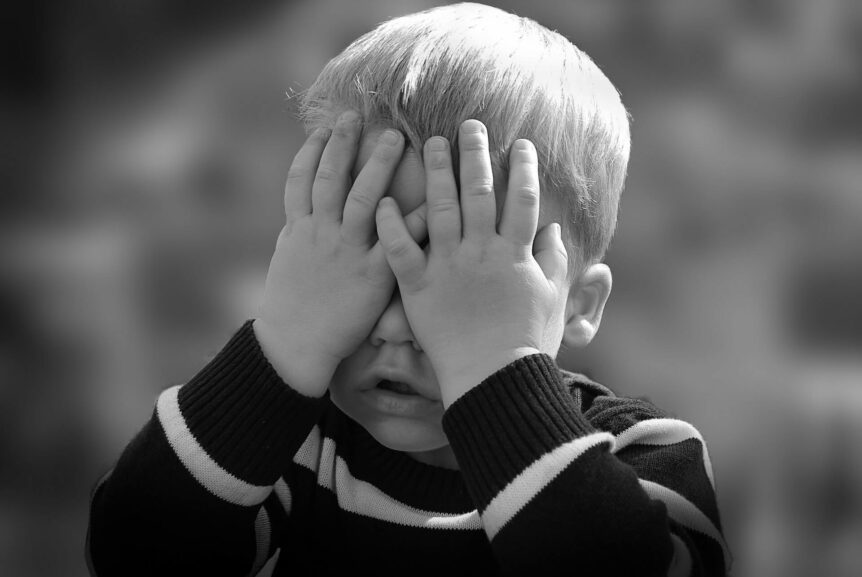Eighty percent of what a child learns is acquired through visual processing.
Seem alarming? Many parents find themselves asking themselves Why is my child’s vision getting worse? And as the statistic above shows, the reason for concern is substantial.
In a study released by Kovin Naidoo, CEO of Brien Holden Vision Institute in Sydney, Australia, half of the world’s population will have vision problems by 2050. More specifically, they will have myopia, or nearsightedness. So when it comes to worrying about your child’s vision, you aren’t alone.
Why Is My Child’s Vision Getting Worse?
Vision problems can be difficult to detect in infants and young toddlers. But if they aren’t detected early enough, the issues could intensify. The progression of myopia could become an issue with your child’s education and their social interactions. So it’s best to try to catch it before the progression begins.
Your child’s vision could be affected by their genes. Genetics plays a large role in vision problems and when it comes to the question of Why is my child’s vision getting worse, the answer could lie in your gene pool.
Other factors, such as remaining indoors too often, can also play a part. But the advancements in technology and how often children use electronics also play a key role. Myopia develops and grows worse during times of near point stress—when staring at an object close to you for long periods of time.
How Can These Problems Be Prevented?
There are a variety of ways to treat vision problems in your child. These can range from simple instructions to in-depth surgeries. The extent of your child’s problems will need to be determined before a structured path for treatment is created.
That being said, some processes for treatment are fairly common. These include:
· Atropine drops. These are used alone, or sometimes with other medications. They are simple, prescription eye drops that have been found to stop the progression of myopia and nearsightedness issues in your child.
· Orthokeratology, or Ortho-k. This process involves the patient wearing special contact lenses to bed. Over time, these special contact lenses reshape the cornea, which is the clear, front part of the eye. Your child’s vision will not be disrupted during the day, as they can typically go glasses-free and see clearly.
· Distance center multifocal contact lenses. These lenses can be worn throughout the day rather than at night. They provide clear vision, yet their “distance center” contact lens alters focus and slows the progression of myopia over time.
Avoid the Progression
Your child’s vision problems can lead to much greater consequences in the future. The snowball effect can begin when education suffers and they begin to fall behind in school. This impacts much of their social life and can lead to issues as an adult.
If you find yourself asking the question Why is my child’s vision getting worse, contact us to set up an appointment. Dr. Aguilera has 25 years of experience working in pediatric ophthalmology. She will happily walk you through the process of treating your child’s vision problems.

